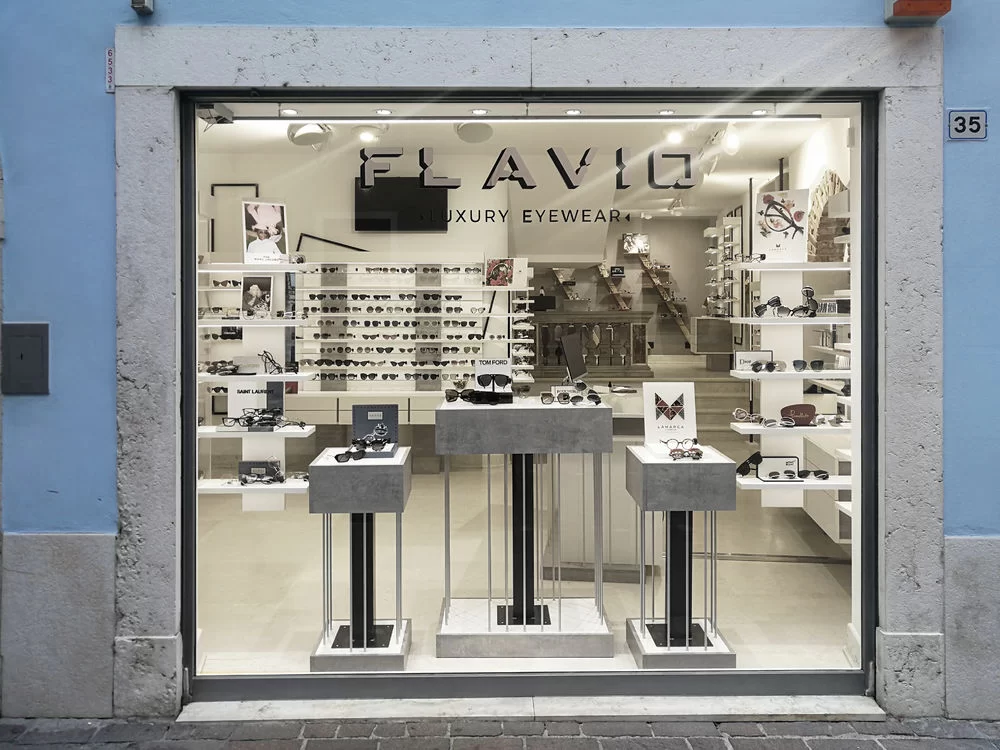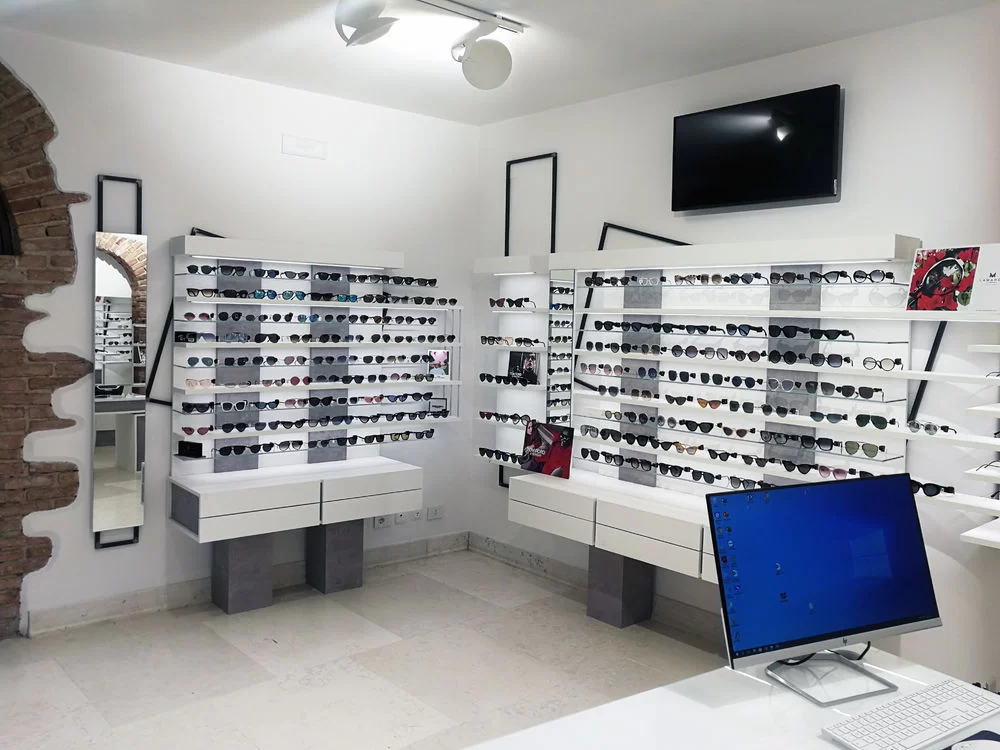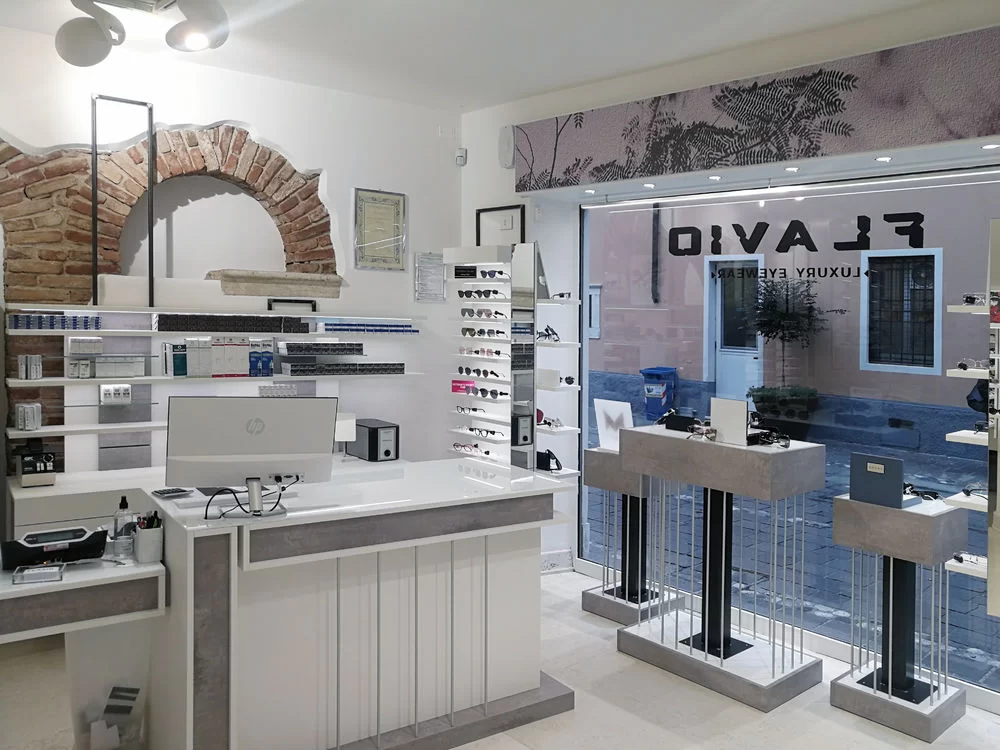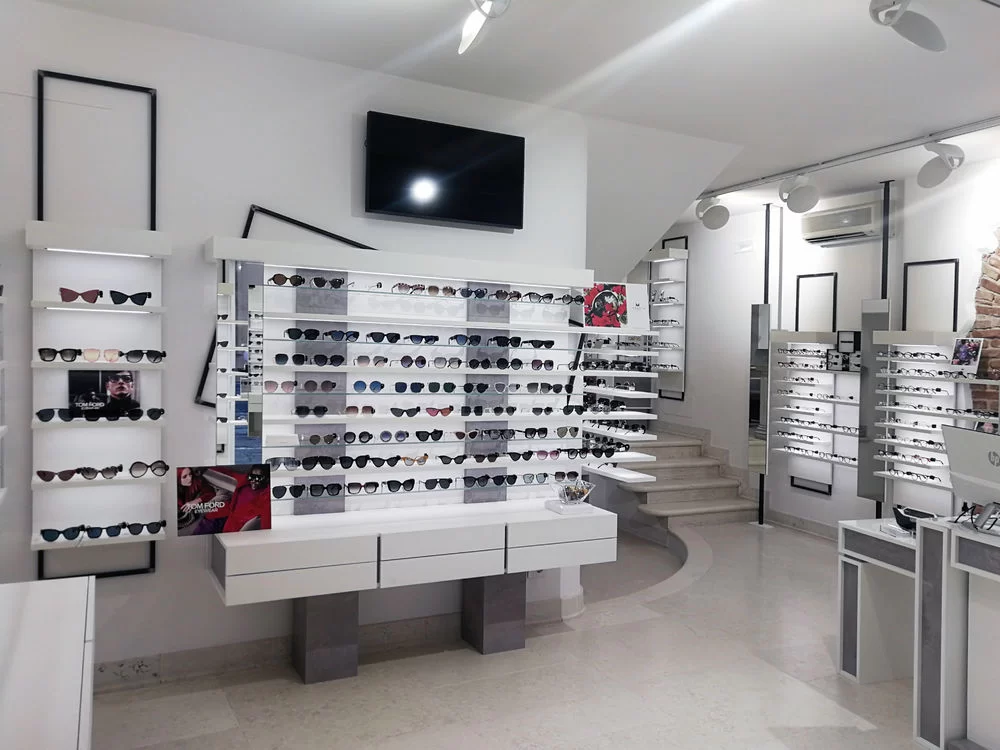
Starting a professional optical store in the United States can be an exciting and rewarding venture. With the right planning and execution, you can create a business that not only provides essential eyewear but also offers a unique and enjoyable shopping experience for customers. Here’s a comprehensive guide to help you get started.
Before diving into the world of optical retail, it’s crucial to understand who your potential customers are. In the United States, the target market for optical stores can vary widely, from young professionals looking for stylish frames to older adults needing prescription lenses. Conducting surveys, analyzing demographic data, and studying local trends can help you pinpoint your ideal customer base.
A solid business plan is the foundation of any successful venture. Outline your store’s mission, vision, and objectives. Include a detailed financial plan, marketing strategy, and operational plan. This document will not only guide your business but also be essential if you need to secure funding from investors or financial institutions.
Location is key in the retail business. Look for a place with high foot traffic, such as shopping malls, busy streets, or near other popular retail stores. Consider factors like visibility, accessibility, and parking availability. A prime location can significantly boost your store’s exposure and attract more customers.
The design of your optical store can make a huge difference in the customer experience. Aim for a layout that is both functional and aesthetically pleasing. Use open spaces to create a welcoming atmosphere and ensure that display cases and shelves are organized logically. Proper lighting is also crucial; it should highlight the products without causing glare.
Invest in high-quality fixtures and displays that showcase your eyewear effectively. Display cases with glass tops, wall-mounted shelves, and adjustable stands are popular choices. Ensure that the fixtures are durable and easy to clean. Adding elements like mirrors and fitting stations can enhance the shopping experience.
Your product selection should cater to the needs and preferences of your target market. Offer a diverse range of eyewear brands, including popular mainstream options and unique, niche brands. Ensure that you have a variety of styles, from classic to trendy, and a range of price points to accommodate different budgets.
Quality is non-negotiable in the optical industry. Source your eyewear from reputable suppliers and manufacturers to ensure durability, comfort, and safety. Regularly inspect your products for defects and maintain a high standard of quality control.
Your brand identity is what sets you apart from the competition. Develop a unique and memorable brand name, logo, and visual elements that reflect your store’s personality and values. Consistently use these elements across all your marketing materials and customer touchpoints to build brand recognition.
Customer service is the heart of your business. Train your staff to be knowledgeable, friendly, and attentive. Ensure they can provide professional fitting advice, address customer inquiries promptly, and create a comfortable shopping environment. Offering additional services like eyeglass repairs, lens cleaning, and adjustments can also add value and enhance customer satisfaction.
Create a distinctive optical store concept and design that appeals to your target market. This will help you stand out from the competition and leave a lasting impression on your customers.
Offer high-quality eyewear from reputable brands to meet customer expectations and build trust in your store.
Implement comprehensive marketing strategies both online and offline to increase your store’s visibility and attract customers. Regularly promote special offers, new product launches, and seasonal promotions to stimulate sales.
A: The initial investment can vary widely depending on factors such as location, store size, and inventory. Generally, you can expect to spend anywhere from $50,000 to $300,000 or more. This includes costs for rent, interior design, fixtures, initial inventory, and marketing.
A: Stay informed by subscribing to industry publications, attending trade shows and conferences, and following fashion influencers and eyewear brands on social media. Networking with other optical store owners and professionals can also provide valuable insights.
A: Common challenges include intense competition, changing customer preferences, inventory management, and maintaining profit margins. To overcome these, continuously innovate your store’s concept and product offerings, stay attuned to market trends and customer feedback, optimize your inventory management system, and explore ways to increase sales and reduce costs while maintaining product quality and customer satisfaction.
Starting a professional optical store in the United States requires careful planning, attention to detail, and a customer-oriented approach. By conducting thorough market research, designing an appealing store, selecting quality products, implementing effective marketing strategies, and providing excellent customer service, you can establish a successful and profitable business. With dedication and hard work, your optical store can become a go-to destination for customers seeking high-quality eyewear and exceptional service.









